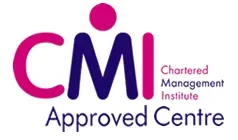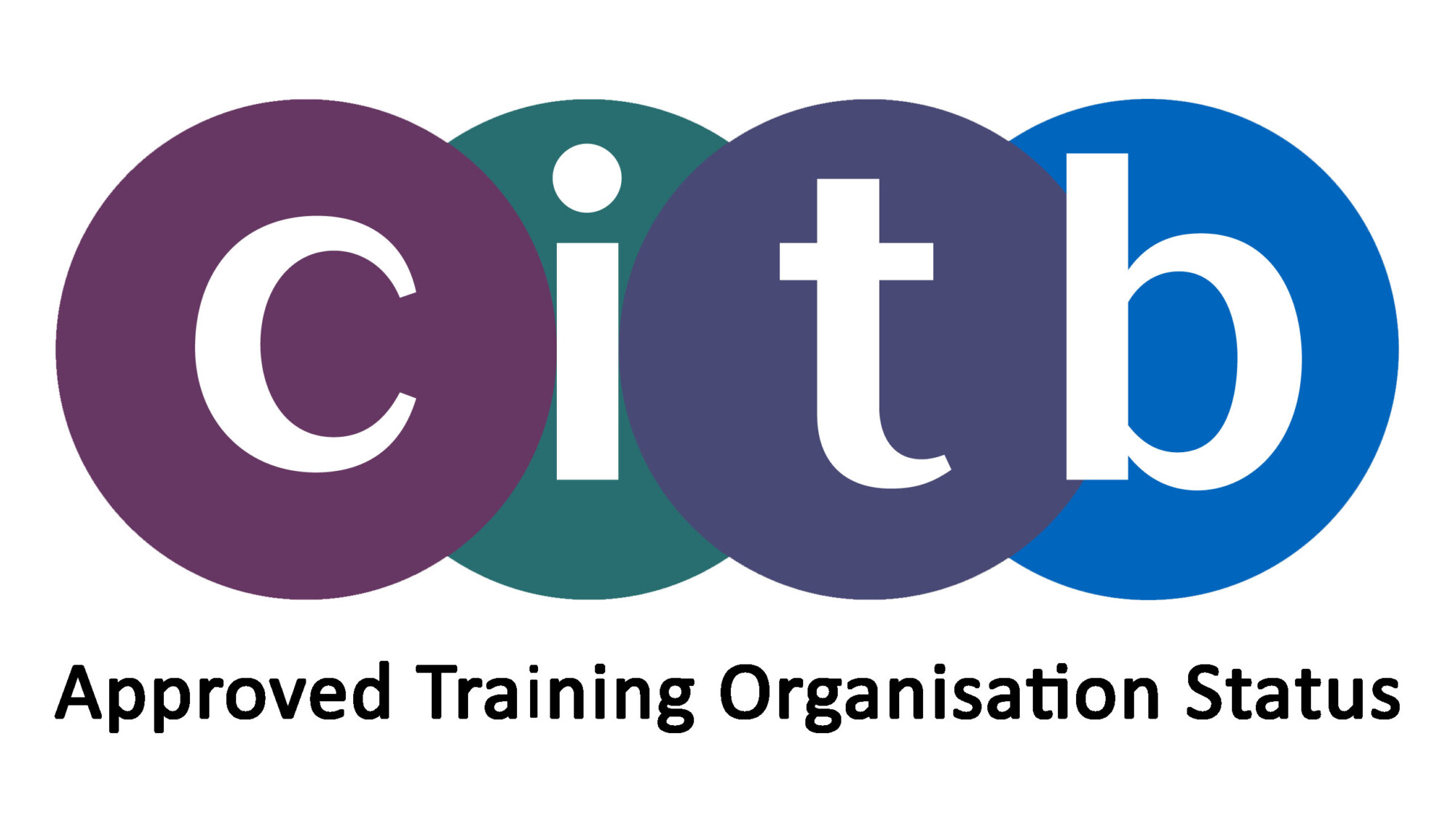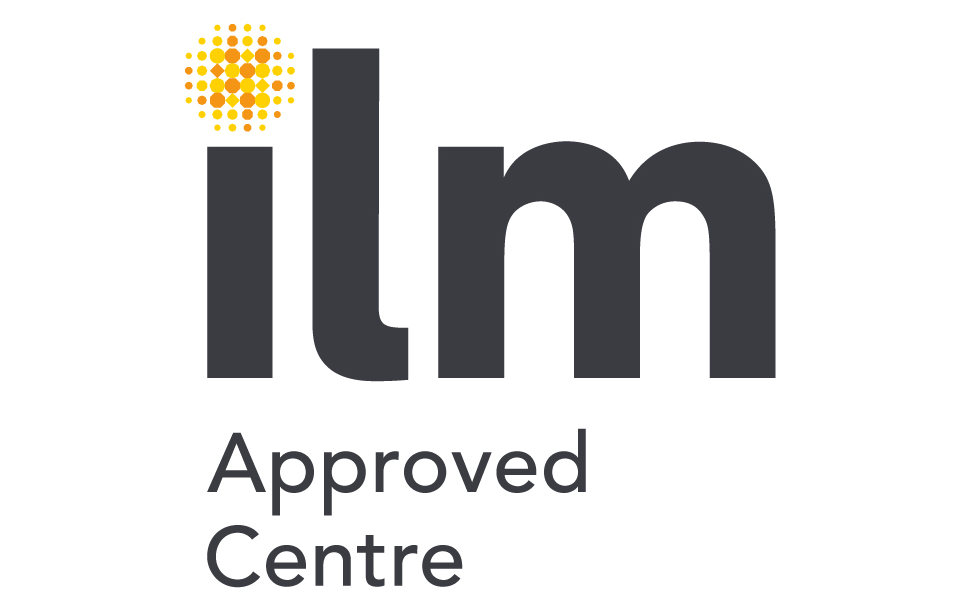4 Barriers To Effective Professional Communication And How Your Business Can Remove Them
Professional communication skills are an essential and valuable tool for businesses. Having effective communication means that employees are motivated to achieve the main goals and objectives of your business. It can also make it easier for your team to share key messages and ideas that can be turned into actionable results through a clear communication process.
Understanding the common communication barriers in the workplace is crucial for both the business and the people who work for it. A communication barrier can involve anything that makes it difficult for you or your employees to receive or understand messages clearly, including physical barriers to communication, information overload, and the organisational structure of your company.
Some business communication barriers may involve delivering an ambiguous message that’s open to interpretation, overloading your team with important information, or failing to protect personal information in a professional setting. Remote work can also add additional layers of complexity, as virtual communication channels may impact how effectively messages are sent and received between the sender and receiver.
This can have an impact on your business’s bottom line, which is why it’s important to identify these barriers and have a communication plan in place to mitigate them. Additionally, different communications channels and the type of communication – whether face-to-face communication or digital – may affect how information is processed and understood.
At Keystone Training, we recognise how important it is for your business to have effective professional communication skills. Our Professional Communication Skills Training Course is designed to help your business improve its professional communication skills. It means that your employees will no longer find it difficult to communicate effectively and will become confident and effective communicators.
In our latest blog, we have identified four common barriers to effective professional communication and outlined how your business can remove them. We will look at each communication barrier in depth while providing tips for businesses to overcome them through the right communication channels and type of communication.
1. Attitudinal Barriers
Attitudinal barriers involve behaviours or perceptions that prevent employees from communicating effectively in the workplace. This can affect how you build and maintain relationships with clients and colleagues at work.
When it comes to the causes of attitudinal barriers, it can involve the following things. Bad management, professional conflicts and resistance to change in the workplace can all create an attitude barrier. Personal opinions and attitudes can also create barriers to effective communication for your business.
Our mindsets shape how we communicate and how we can show openness and respect to our employees. Tackling the attitudinal barrier can be difficult, but not impossible to overcome. We have a few tips to help you challenge and smash through those attitude barriers:
Organise your thoughts
Organising your thoughts can help you get an idea of the medium and communication you want to use to get your message heard. If you’re in a brainstorming session, you don’t want to come across as rude to your employees. By writing your thoughts down on paper, you’ll have more control over the language and tone you use.
Focus on the detail
You might be unaware of the communication barriers that you have created in your business. That’s why you need to show to your team that you’re open and flexible to having candid conversations. By communicating this through non-confrontational body language and having a reassuring tone, employees will be empowered to approach you for a conversation.
2. Emotional Barriers
Emotional barriers influence how you see other people’s actions while preventing you from communicating your feelings. We’ve all experienced at some point our emotions getting the best of us. An inappropriate or unproductive emotional response can impair your communication between yourself and your employees.
When it comes to how emotional barriers are created, it’s often down to the individual lacking emotional awareness and control. Emotional intelligence involves the ability to understand, recognise and manage your emotions while understanding and influencing the emotions of others.
Our emotions can shape how we communicate with employees. An employee may feel that the team’s opinions and ideas are not valued, which can create a communication barrier. Other employees may be fearful about expressing ideas or concerns, so when one person speaks up, that emotional barrier is overcome.
When tackling emotional barriers that hinder professional communication in your business, we have a few ways of dealing with these barriers:
Taking yourself out of the situation
There are going to be occasions when you will be angry at work, so it is important to take yourself out of that situation. By calming down and reflecting on that incident, you’ll be able to see the bigger picture. It will also help you communicate and make better decisions for your business.
Accepting mistakes from a fellow employee
As a business owner, it can be hard to accept that you’ve made a mistake, which can make you come across as arrogant to your employees. The next time you make a mistake, admit it. Colleagues and clients will find it easier to communicate with you by demonstrating humility in various situations at work.
3. Cultural Barriers
Cultural barriers are communication barriers that are created when employees from different backgrounds do not know how to communicate with one another. Whether that’s because English may be their second language or they use different gestures and symbols to communicate, it can create cultural barriers in your business.
Businesses can overcome this communication barrier by encouraging other employees to learn and improve their knowledge about other cultures. Doing so creates an inclusive environment where different cultures exist within your business.
There are a few tips that you can use to tackle the cultural barriers that exist within your business:
Learning more about your fellow employee
Within your business, if you find your employees struggling to fit in, it’s a good idea to learn about the culture they come from. It’s an effective way of breaking down the cultural barrier while also creating a space for your team to ask questions, as well as learn about different cultural backgrounds.
Make sure your communication is clear and polite
Ensuring your communication is clear and polite is important when working with employees from different cultures. By taking this into account, it reduces the risk of confrontation. The business and employees can improve communication by making clear and simple material that the whole team can understand.
4. Linguistic Barriers
Linguistic barriers are a barrier to effective verbal or written communication, such as differences in spoken or written English. These language barriers can create a misunderstanding or conflict with potential clients or employees.
However, linguistic barriers can exist in other forms. Whether that’s knowing specific technical languages or using company-specific language, they can all create a linguistic barrier in your business.
By recognising linguistic barriers in your business, it’s important to develop techniques so that everyone in your team can communicate more effectively. Businesses can deal with these linguistic barriers by putting a few of these tips into practice:
Use plain language to communicate with clients and employees
When working with people whose English is their second language or explaining technical subjects, use plain language. Using words that fellow employees cannot understand creates the conditions for miscommunication to happen. Incorporating a culture of communicating clearly is essential for your business to flourish.
Provide visual communication methods
While words are one way of communicating with people, using diagrams or photographs is an effective tool for employees to help them understand difficult concepts. By showing how a concept works through visuals, the team knows their role in bringing a concept idea into a fully-fledged product for your business.
Dealing with communication barriers can be challenging for businesses. Keystone recognises the importance of effective professional communication, which drives innovation and success. By actively improving your communication skills, employees will be compelled to share ideas that can benefit your business in the long run.
If you have any questions about our professional communication skills course or any of our other training courses, please feel free to get in touch.


